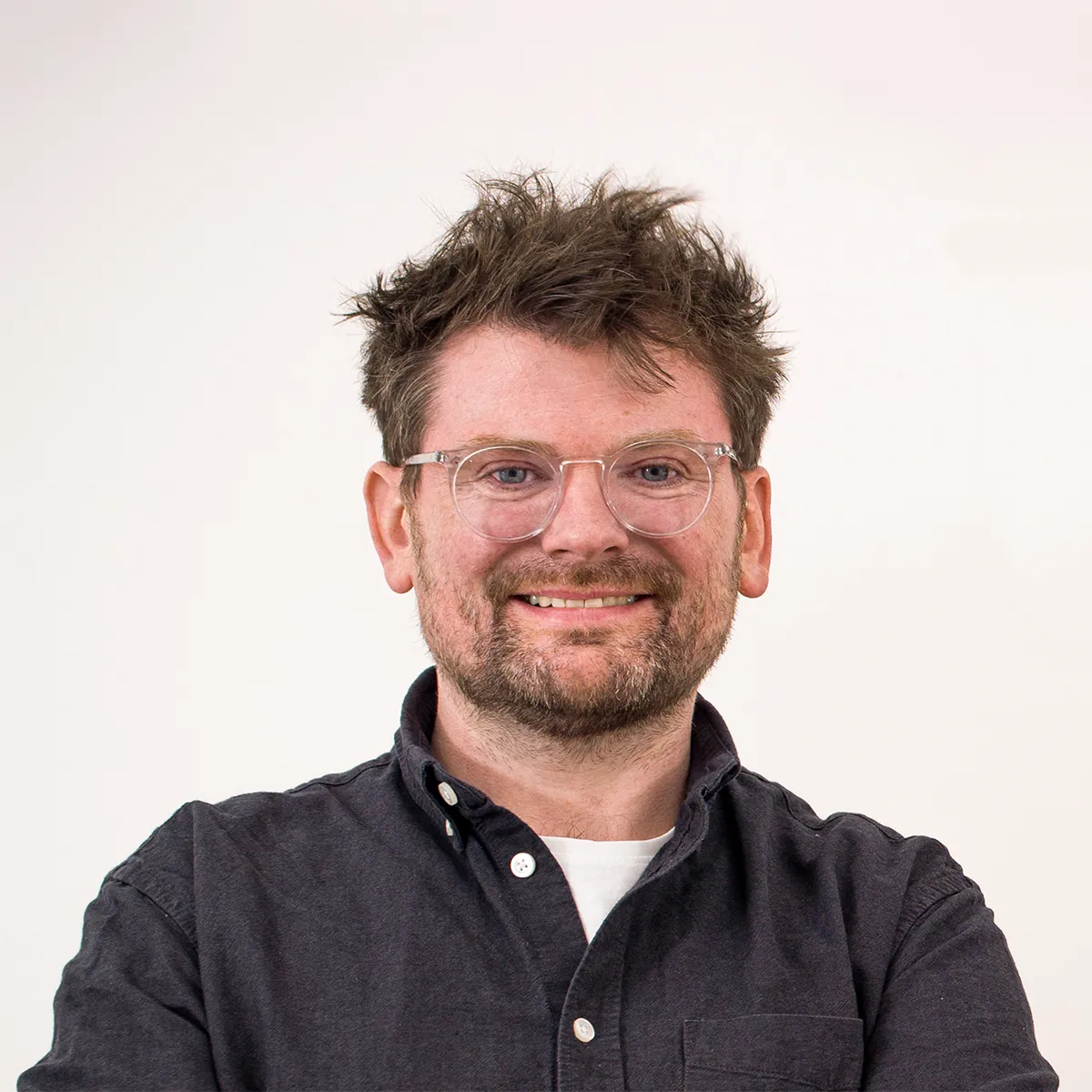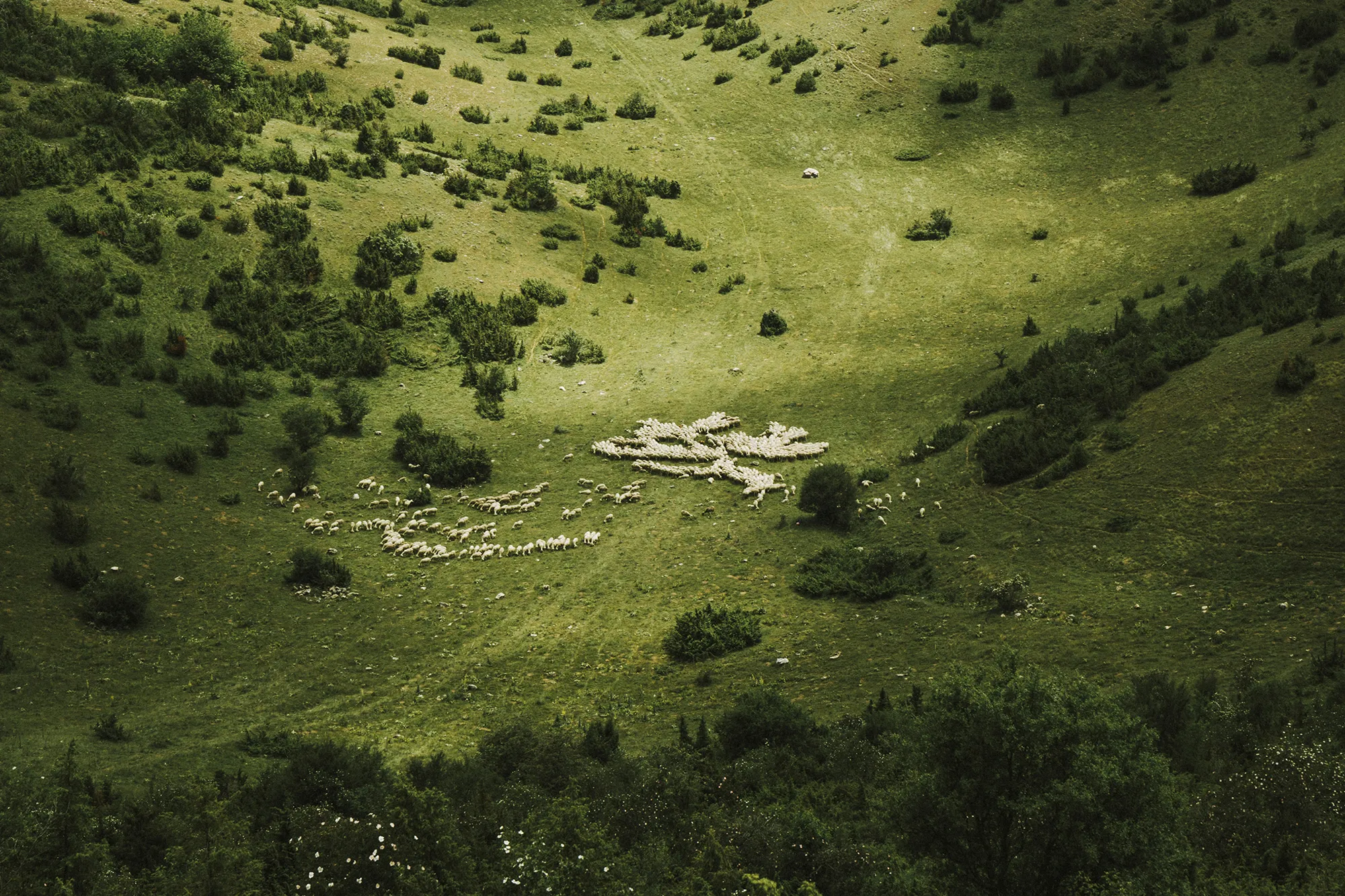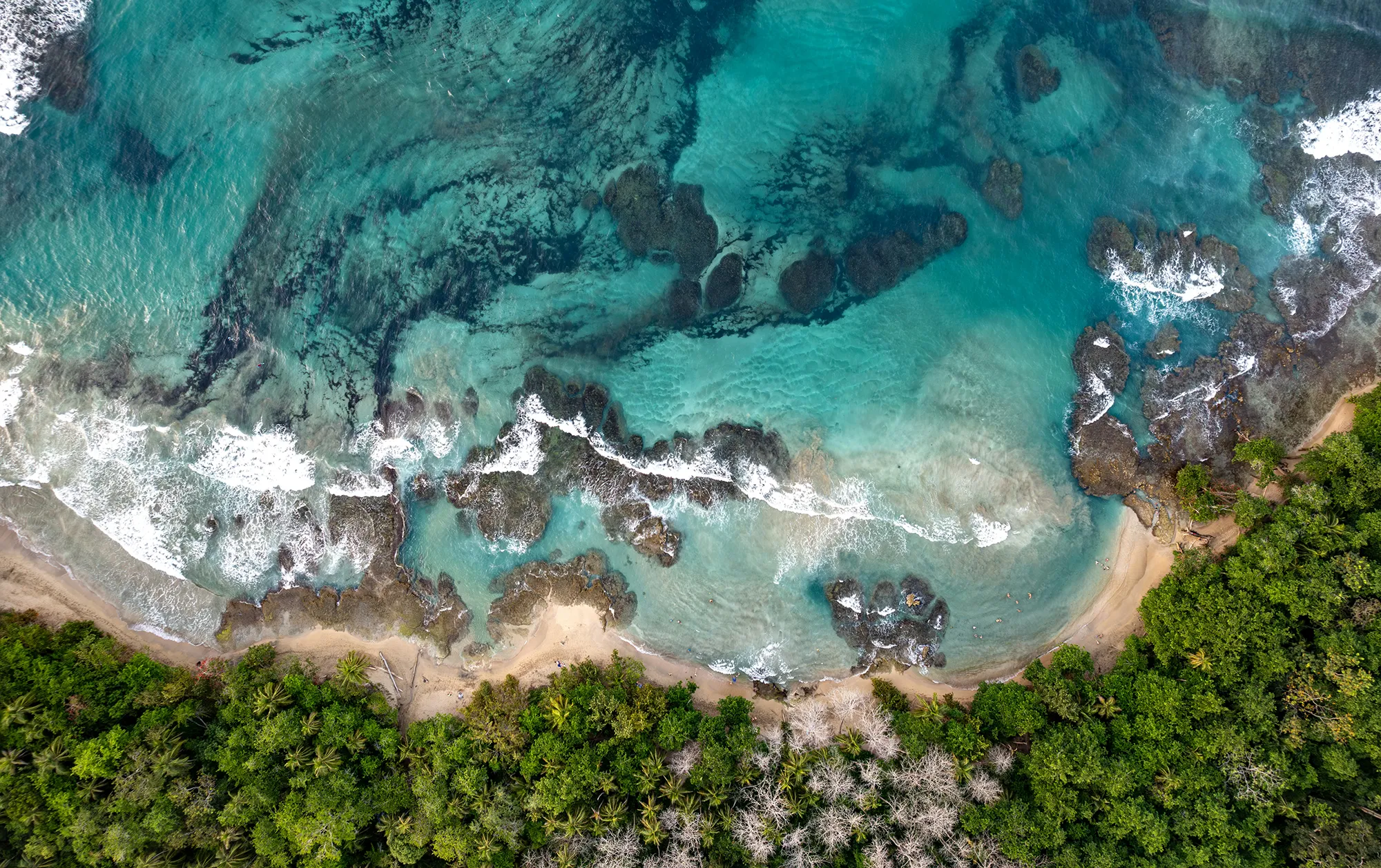Biodiversity, Money, Satellites – Creating Meaning for BIO-CAPITAL
By Thomas Stollenwerk


The Communication, Dissemination and Exploitation Work Package of the project is about explaning BIO-CAPITAL, making its results accessible and usable.
BIO-CAPITAL is a project that brings together a wide range of expertise: finance, earth observation and remote sensing, policy, and environmental protection work. Its multidisciplinary nature requires constant internal exchange and a strong shared project vision. And bringing together very different methods and fields does not always make it easy to explain the project to the outside world with one voice. That is why BIO-CAPITAL has dedicated a separate work package to project communication and the preparation of project results for scientific, economic and social use. Our team at Oikoplus, a Vienna-based company that specializes in this area, has the exciting and challenging task of leading this work package.
When it comes to explaining a complex scientific project, it makes sense to develop a kind of narrative that allows people who are not experts in the field to understand the project. It’s about meaning-making. When I personally want to explain the BIO-CAPITAL project to someone I know, I sometimes use a metaphor. And that is the metaphor of a zoo.
Earth as a Zoo?
The mission statement of many botanical gardens and zoos is that they serve the study and conservation of plants, species and biodiversity. Let’s assume for now, that this self-perception is completely correct. At the zoo, you can study animals, and their behavior. Networks of zoos also serve to breed animals, including endangered species. In the controlled environments of zoos, animals can be cataloged, monitored, and observed. In nature, plants and species cannot be constantly monitored through the bars and glass panes of enclosures and cages, but through satellites and drones with geospatial sensor technology of all kinds.
This is where BIO-CAPITAL comes in. Technology-supported biodiversity monitoring thus follows the logic of the botanical/zoological garden, so to speak, and the growing amount of data on biodiversity turns habitats into such gardens, sort of. However, running a botanical garden or a zoo is a complex task from a micro-economical perspective. It requires resources, which are generated through entrance fees, donations, research grants, public money etc. Only if they manage to generate sufficient resources as market actors, they can fulfill their biodiversity conservation function.
Biodiversity provides a range of crucial ecosystem services, which makes the preservation of biodiversity a crucial necessaty. Since the negative effects of biodiversity loss are large and hardly manageable, the protection of biodiversity is a declared political goal. Nevertheless, Earth is experiencing a dramatic extinction of species and various ecosystems around the world are threatened by biodiversity loss, which is linked to the expansion of human settlements, intensive agricultural production styles and the exploitation of natural resources (IPBES, 2019).
One of the political paths taken to prevent biodiversity loss is the economic valorization of biodiversity. The underlying rationale: If the preservation of biodiversity is given a monetary value, and the destruction of biodiversity is given a price, then market forces can be used to protect biodiversity. However, if natural habitats are to be monitored by geospatial analytical technologies with regard to their biodiversity, this requires financial resources. That’s why BIO-CAPITAL not only seeks to measure biodiversity based on remote sensing, but also develops financial instruments linked to to monitoring. Going back to my little metaphor of the zoo and its business model, one could now ask: Who becomes a zoo financier, a zoo visitor, an animal keeper–how, and why?
Different Perspectives, One Project Voice
The EU Biodiversity Strategy for 2030 specifies that “tackling biodiversity loss and restoring ecosystems will require significant public and private investments at national and European level.” Europe’s goal of mobilizing private investment and developing market-based solutions for the conservation of biodiversity is also reflected in a series of calls within the framework of the EU’s research and innovation programme (EC, 2022), and the EU’s Farm2Fork Strategy. BIO-CAPITAL is one of the projects, helping to bring Europes Biodiversity Strategy to life. The project brings together 17 organizations from 13 countries to harness financial solutions and advanced geospatial analytics to mobilize private capital investments for the protection and restoring of biodiversity.
Let’s go back to the logic of the zoo, or the botanical garden. As places that serve entertainment, pleasure, commerce, but also biological research, and species conservation, botanical gardens and zoos combine many different functions. And people attach very different meanings to them.
Our goal in Work Package 6 of the project is to acknowledge these different perspectives and explain the project in a transparent manner so that people inside and outside the consortium can reach a shared understanding of what the BIO-CAPITAL project is achieving. That’s challenging, but great task.

